Easy expert tips and exercises to beat back pain
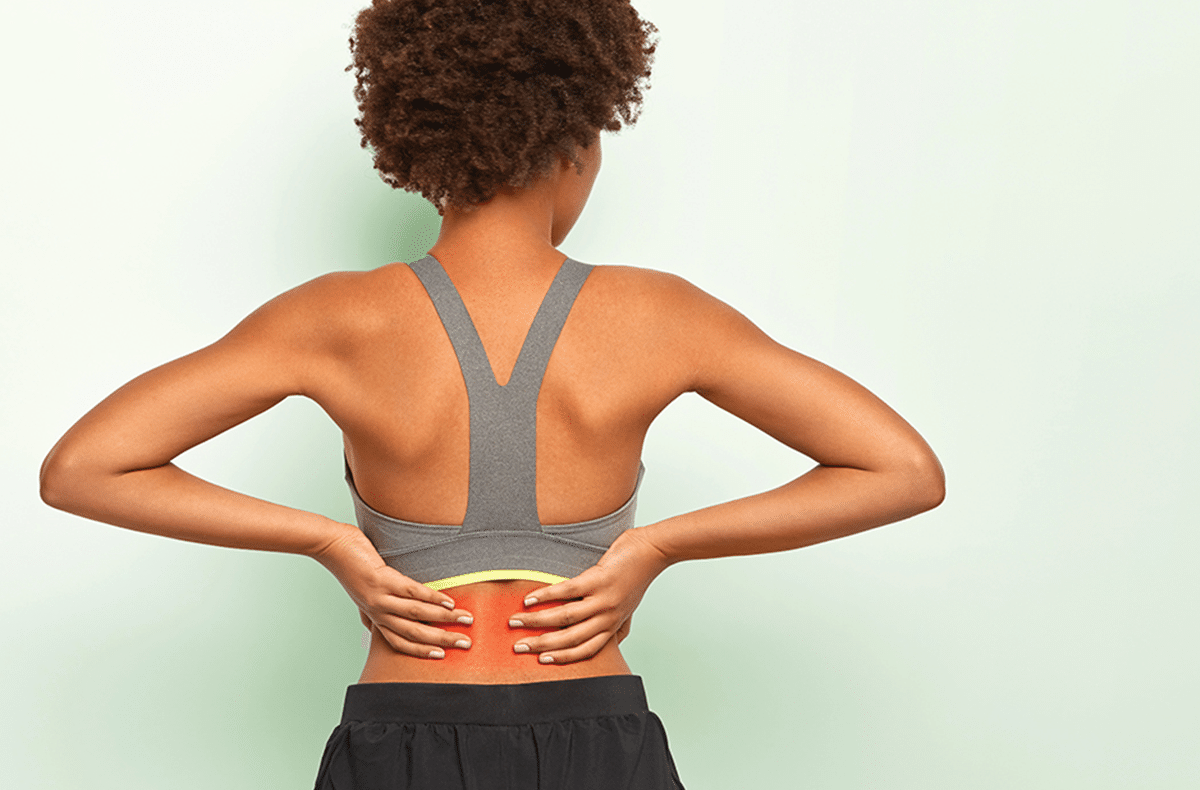
Back pain is the most common reason that people see a doctor, according to the World Health Organisation (WHO), and it interferes with the quality of life and work performance. The tricky thing is that it’s seldom due to something specific, so it’s difficult to treat – but there is some good news!
It can happen while you’re playing sport or taking a jog, when you’re pregnant or just lifting a bag of shopping. The triggers for back pain are wide-ranging. Bending awkwardly, overuse of muscles, injury, pregnancy, lifting, carrying, pushing and pulling heavy objects are all fairly obvious causes.
RISK FACTORS
Some less obvious risk factors are smoking, long-term use of corticosteroids (such as cortisone and prednisone), and stress. Smoking causes inflammation of the blood vessels, further compromising an already poor supply of blood to the spine. Corticosteroids, which reduce inflammation, for example in asthma, over time increase the risk of diabetes, high blood pressure and osteoporosis (weakening of the bones) – and weaker bones can cause back pain. But the potentially life-threatening risk of asthma is more pressing, and stress is a complex problem that isn’t easily ‘treated’.
More often than not, though, there isn’t any obvious reason for back pain. It could be caused by doing nothing much at all – slouching on the couch, driving for hours without taking a break. It could creep up on you slowly, or its onset could be sudden – one day, out of the blue you wake up in agony.
Most of us will experience some form of back pain at some point in our lives. It could be neck pain like acute torticollis (a condition in which the head is persistently turned to one side) or whiplash (from a car accident, for example), to slipped discs, sciatica and lower back pain, which is the most common. Back pain is so common that the image of someone clutching their lower back is universally understood to convey the idea of pain.
The problem with treating back pain is that it’s difficult to narrow down exactly what has caused it – your spine is an intricate system of bone, joints, cartilage, tendons, muscles, nerves and blood vessels. And if you can’t find the cause, you won’t know how to take away the effect.
DIFFICULT TO PINPOINT
There’s a lot to look at when someone walks into your practice, says physiotherapist Cecily Smith. ‘Is it mechanical, chemical (as in inflammation) or a combination of the two?
Is there anything structurally dangerous that might affect the spinal cord?
For example, in uncontrolled TB, when one’s not taking any medication, the TB can spread to the spine, softening the bones, which collapse and cause paraplegia. Is there arthritis and degeneration of the joints or discs? Is there a prolapsed disc putting pressure on the nervous system? Must part of it be removed to keep the nerve alive? Or is it not that badly damaged, and may be managed conservatively? Is it part hereditary, like ankylosing spondylitis?’ (This is a rare form of arthritis that affects the spine.)
But these scary scenarios aren’t the norm. According to the WHO, the likelihood of a case of back pain having a specific cause is only 0,2%.
Learn how to lift correctly; how to sit at your desk; how to sit in the car. Exercise is important – but movement patterns are even more important.
Related article: Is walking good enough exercise?
Expert Cecily Smith, physiotherapist
For a solution that’s far cheaper than physiotherapy, Cecily has developed interactive software for an annual subscription fee that prompts you to maintain optimum posture. For more info, go to www.csbodyhealth.co.za/Bodyhealth-Software-Individual/
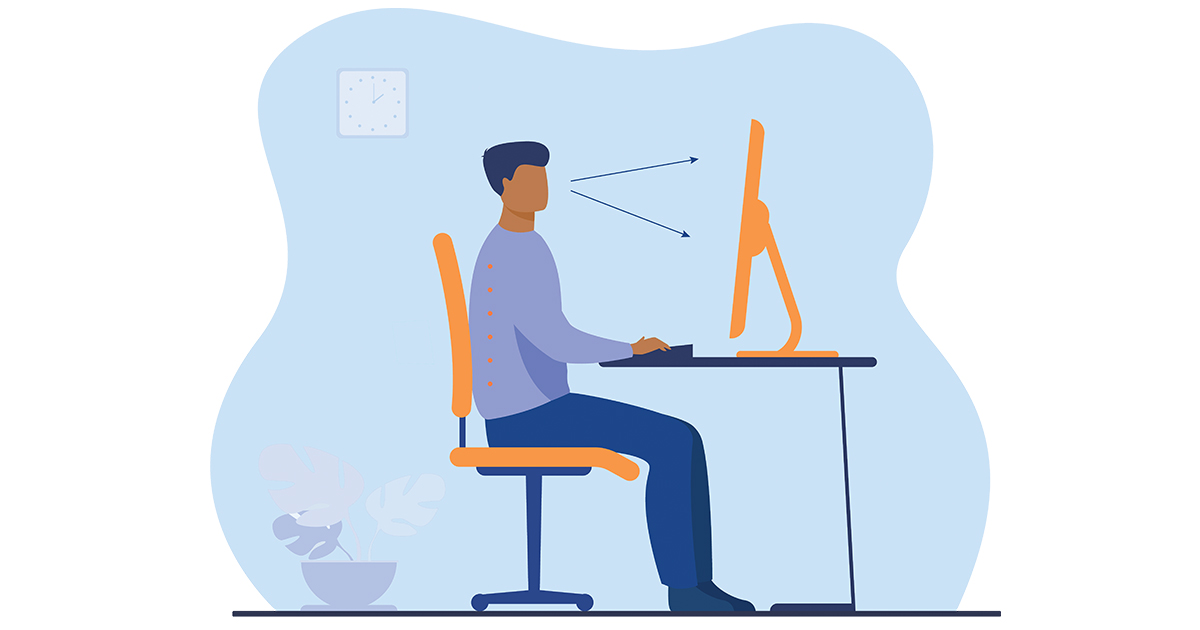
SITTING AT YOUR DESK ALL DAY?
If your seated posture is incorrect, it can contribute to back pain. Go through this checklist to avoid problems.
Is your chair at the correct height?
Move it up or down until your arms rest on your desk. You’re looking for an L-shape in the arms: elbows at your side, forearms at a right angle to the upper arms. You shouldn’t have to stretch your arms to reach the keyboard. The same goes for the mouse: have it within easy reach. Also, try to keep the wrists as straight as possible. And if the armrests on your chair get in the way, or don’t fit under your desk, remove them. No hunched shoulders either! Your hips should be only slightly higher than your knees, with thighs parallel to the floor. Your feet should be flat on the floor. If they don’t reach, use a footrest. Having your feet in the correct position helps prevent you sliding down in your chair, into poor posture.
Is your back properly supported?
To maintain the curve in your lumbar spine (lower back) while sitting for long periods, your back needs help. If it isn’t properly supported, your back muscles have to work a lot harder. Angle the backrest to –8 degrees for better comfort and reduced spinal loading. Keep the S-curve by using your backrest. Sit right back in the seat.
Is the top of your page at eye level?
Your screen should be about an arm’s length away and your eye line should be at the top third of the screen. Adjust the monitor so that you aren’t looking down (or up) – and taking your neck out of its natural curve, which causes strain. This is such a common symptom of sitting at computers or poring over hand-held devices that it’s been dubbed ‘tech-neck’. If you use a laptop, you probably need a stand. Or rest it or the monitor on a sturdy box or a pile of magazines. For loose papers on your desk, buy a document holder to stop you bending your neck.
ACUTE VS CHRONIC
The experts categorise back pain as acute or chronic. If it’s acute, here’s the good news (sort of). It lasts no more than 12 weeks; it is ‘self-limiting’ which means it tends to go away on its own, regardless of the treatment you follow (or don’t). So whether you see an osteopath for manipulation, go to the physiotherapist, have a chiropractor adjust your spine, have acupuncture, spa therapy or heat treatments, do yoga, use herbal remedies – or do nothing – it won’t make any difference? Not as far as they can tell, says the WHO.
But some people swear by their osteopath/chiropractor/ massage therapist/physio/ acupuncturist. The WHO thinks it may be more about the ‘laying on of hands’ than any intrinsic feature of these approaches. But if you feel it works for you, why not?
Paracetamol and non- steroidal anti-inflammatory drugs (NSAIDs) make pain more bearable, but self- medicated painkillers should not be used for more than 12 days. And corsets, bed rest and braces – all pretty standard previously – are thought to be unhelpful, as they prevent your muscles from giving the necessary structural support. As for corticosteroids, don’t bother – a placebo was shown to have the same effect: no more than temporary relief.
“If your posture is poor, you are teaching certain muscles to over- contract all the time, and then you get fatigue, spasms and trigger points.”
It usually takes tissue about three months to heal, so beyond 12 weeks, your pain is termed ‘chronic’. And it’s more difficult to treat than acute pain. In desperation, some practitioners suggest surgery. But, says the WHO, ‘almost always it is unjustifiable and usually fails to provide permanent relief’.
PSYCHOLOGICAL FACTORS
Interestingly, the report suggests psychological factors play a role – and this is especially marked in those who experience chronic back pain: ‘Dissatisfaction with a work situation, a supervisor, a dead-end job and boredom all contribute greatly to the onset and persistence of back pain.’ This seems to be a bigger factor than previously held beliefs about the causes of pain, like weight, lumbar lordosis (excessive curve of the spine), height, body mass index – even different leg lengths.
And slipped discs and spinal canal narrowing – which happen to most of us as we age – are not responsible for the pain. It’s only rarely that surgery alleviates pain in these cases. Of course, you’d aim for a cure, but ‘it may be difficult to achieve. Ability to live with the pain – getting on with your life – with minimal restrictions imposed by the pain may be a more realistic goal,’ says the WHO.
NO QUICK FIX
‘People think there’s one fix for all, but there isn’t,’ says Smith. ‘You need to understand how the body works. Learn how to lift correctly; how to sit at your desk; how to sit in the car. Exercise is important, but movement patterns are even more important.’
KEEPING THE CURVE
The S-curve refers to the side view of a normal spine – the neck or cervical area curves forwards, the thoracic spine curves backwards, and the lumbar spine, forwards.
That S-curve acts as a shock absorber, says Smith.
‘It also reduces the loading on the spine because it throws the centre of gravity between your feet, spreading your body weight. When you sit, or slouch, you reverse the curve, greatly increasing the loading on the spine. That increases the rate of wear and tear on your spine, which is why those are high-risk postures.’
She adds that bending, lifting and sitting put more pressure on the spine than walking and standing. Even if you’re sitting upright, there’s less of a curve than when you stand – sitting rotates the pelvis backwards so the curve starts to flatten, increasing the pressure on the spine. Smith points out that in addition to downward pressure; there’s also shearing pressure – forwards and backwards – so it’s three-dimensional. ‘The forces acting through the spine are extensive. Correct posture reduces shearing and the longitudinal pressure.’
DESK JOB? EXERCISE AT THE OFFICE
1. GET UP AND WALK AROUND
- Grow tall from the back of your head to the ceiling.
- Breathe in slowly, thinking happy thoughts.
- Breathe out slowly, imagining dark thoughts leaving your body.
- Repeat three times.
3. DO THE TWIST
- Sit up straight.
- Turn to one side.
- Breathe in and out slowly.
- Turn to the other side.
- Do twice on each side.
4. SIDE BEND
- Sit up straight.
- Hold your elbows, and pull your arms towards the back of your head.
- Lean slowly to your left, then to the right.
- Do three on each side.
GOOD POSTURE
Good posture is the best strategy for the prevention of back pain. If you don’t keep your body well aligned, flexible and strong, certain parts of your body take strain, explains Smith. If your posture is poor – a mechanical problem – certain muscles go into spasm, while others relax. Over time this causes wear and tear, which causes chemical reactions.
Arthritis due to wear and tear is a chemical inflammatory reaction. A very common cause of mechanical problems of the lower back is stiffness of the hamstrings or hips, says Smith. ‘Then the back takes more strain. Stiffness also means you can’t get into certain positions so you put yourself into weaker postures. As an example, if you try to carry something with a straight arm, it is much heavier than if you bent your elbow to 90 degrees. That’s leverage – the law of levers applies to every part of your body. If you are in positions that use long or excessively shortened levers, they are weaker, and you can get injured more quickly. They should be in their mid-position, where they are strongest.’
Smith applies this principle to the core muscles: ‘When you slouch or overarch, your core muscles are in their lengthened or very shortened position so they are at their weakest and can’t contract easily.’ Instead, you need to find your neutral spine, midway between fully bent and fully arched.
‘If your posture is poor,’ says Smith, ‘you are teaching certain muscles to over-contract all the time, and then you get fatigue, spasms, and trigger points, and that can refer pain.’
4 EXERCISES THAT HELP TO STRENGTHEN YOUR BACK
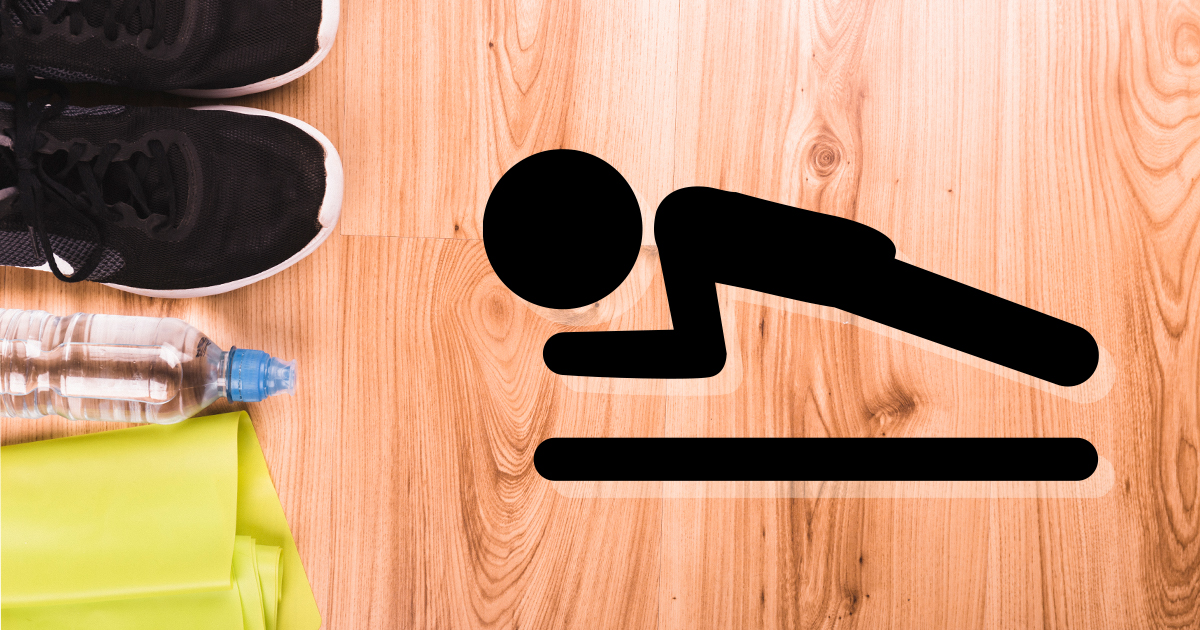
1. PLANK
- Place arms shoulder-width apart, and feet (with toes curled under) in line with the hips.
- Lift body into plank position – head, back and butt in line. Don’t round the back or allow it to collapse.
- Hold for 10-15 seconds.
- Repeat five times.
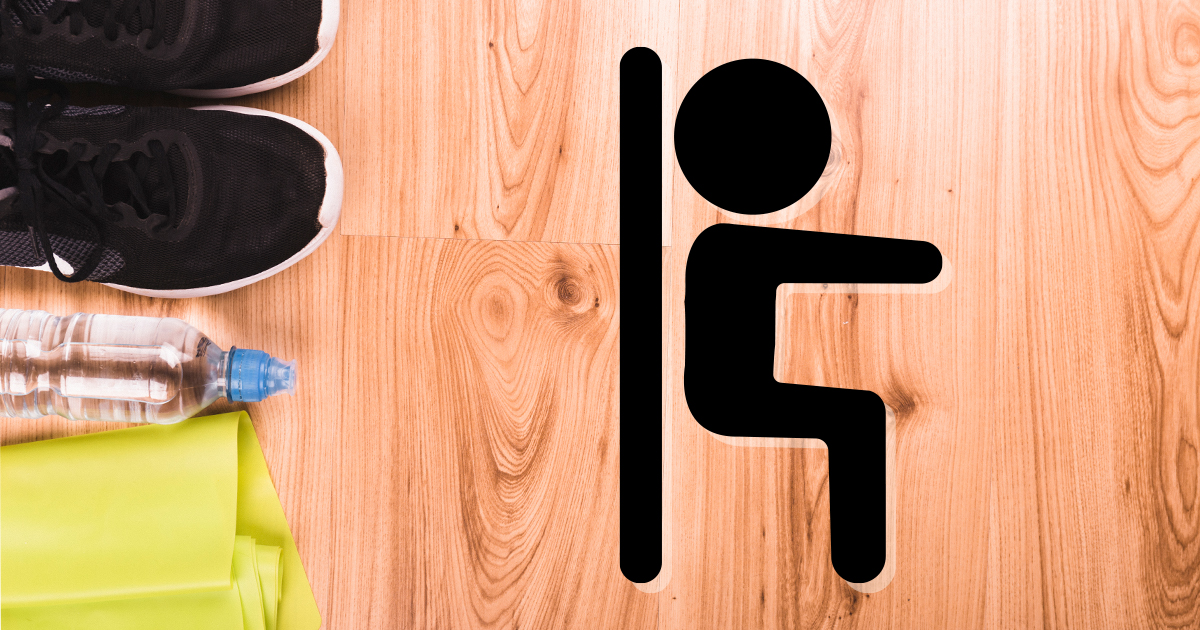
2. WALL SQUATS
- Don’t go lower than 90 degrees to avoid straining your knees.
- Hold for 20 seconds.
- Repeat five times.
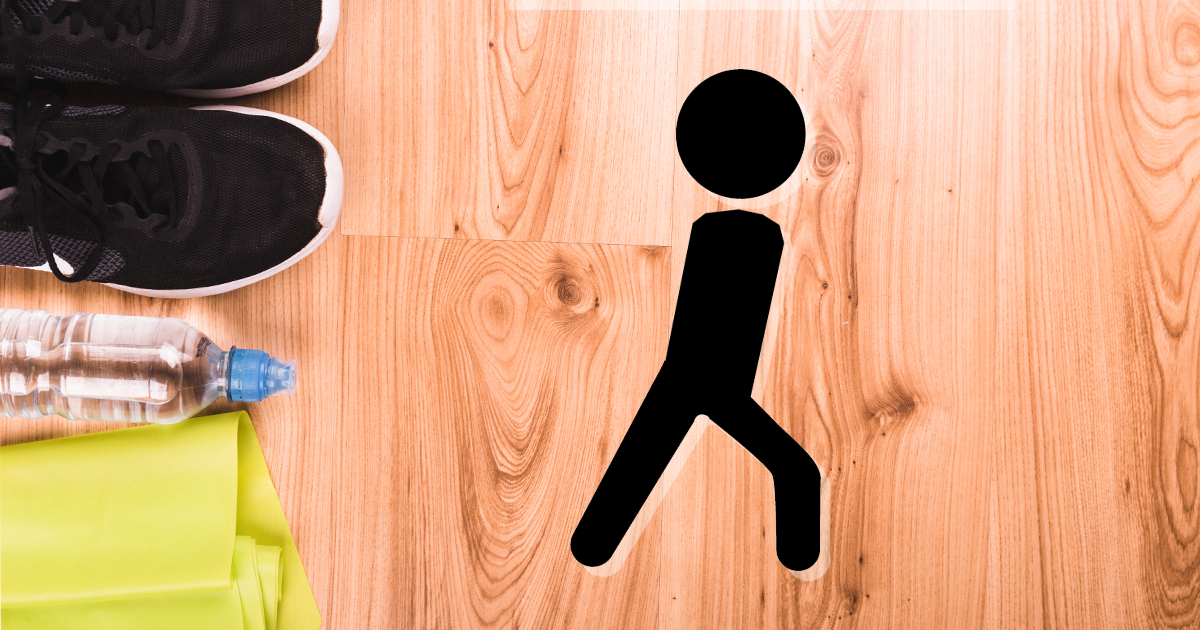
3. LUNGE
- Take a step forward, keeping the heel of the rear foot flat on the floor.
- Lean forwards slightly, without leaning on your knee.
- If you’re uncomfortable, take a smaller step.
- Hold for 25 seconds.
- Repeat three times on each side.
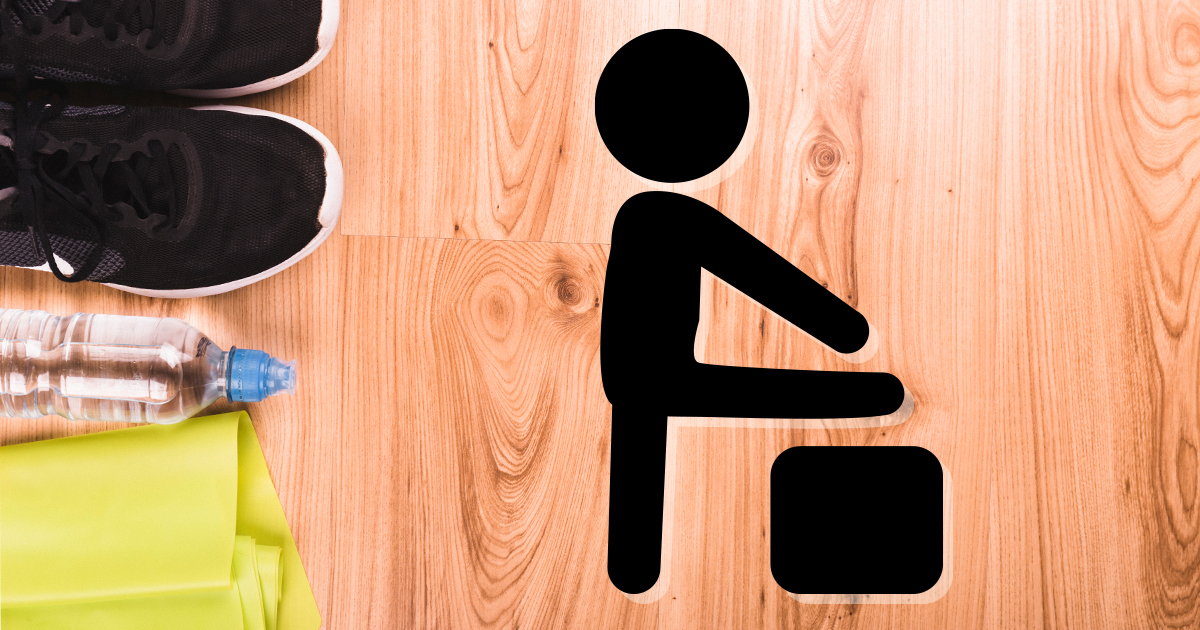
4. HAMSTRING STRETCH
- Put your right heel on a chair (at the lowest setting), on a stair or any other raised surface. If you need to (especially if your chair is on wheels), hold onto a stable surface to keep steady.
- Pull your toes towards you, with your knee straight.
- Push your heel to the ground.
- Hold the stretch (which you should feel at the back of your leg) for 3 seconds.
- Switch to the other leg.
- Repeat twice on each side.
MORE TIPS ON AVOIDING DAILY WEAR AND TEAR
- Lifting heavy objects (including babies and toddlers) incorrectly is a common, avoidable cause of back injury. Take your cue from weightlifters: bend your knees and hips (not your back), spread your legs, and keep the weight close to your body.
- Don’t bend and twist your body at the same time.
- If you can, carry heavy loads in a rucksack rather than in a shoulder bag. Or get a wheelie shopping cart if you walk from the shop laden with bags; they’re not just for little old ladies.
- When you’re driving, adjust your seat so that you can reach the pedals with your knees bent.
Related article: Easy DIY moves to release muscle tension
Related articles

Latest Jet club magazine
We’ve got the latest trends, exciting prizes and exclusive savings just for you!
Jet Club will not pass your details to anyone else. By clicking the subscribe button you confirm you have read and agree to the Jet Club Terms and conditions and Jet Club Privacy Statement.
Subscribe

